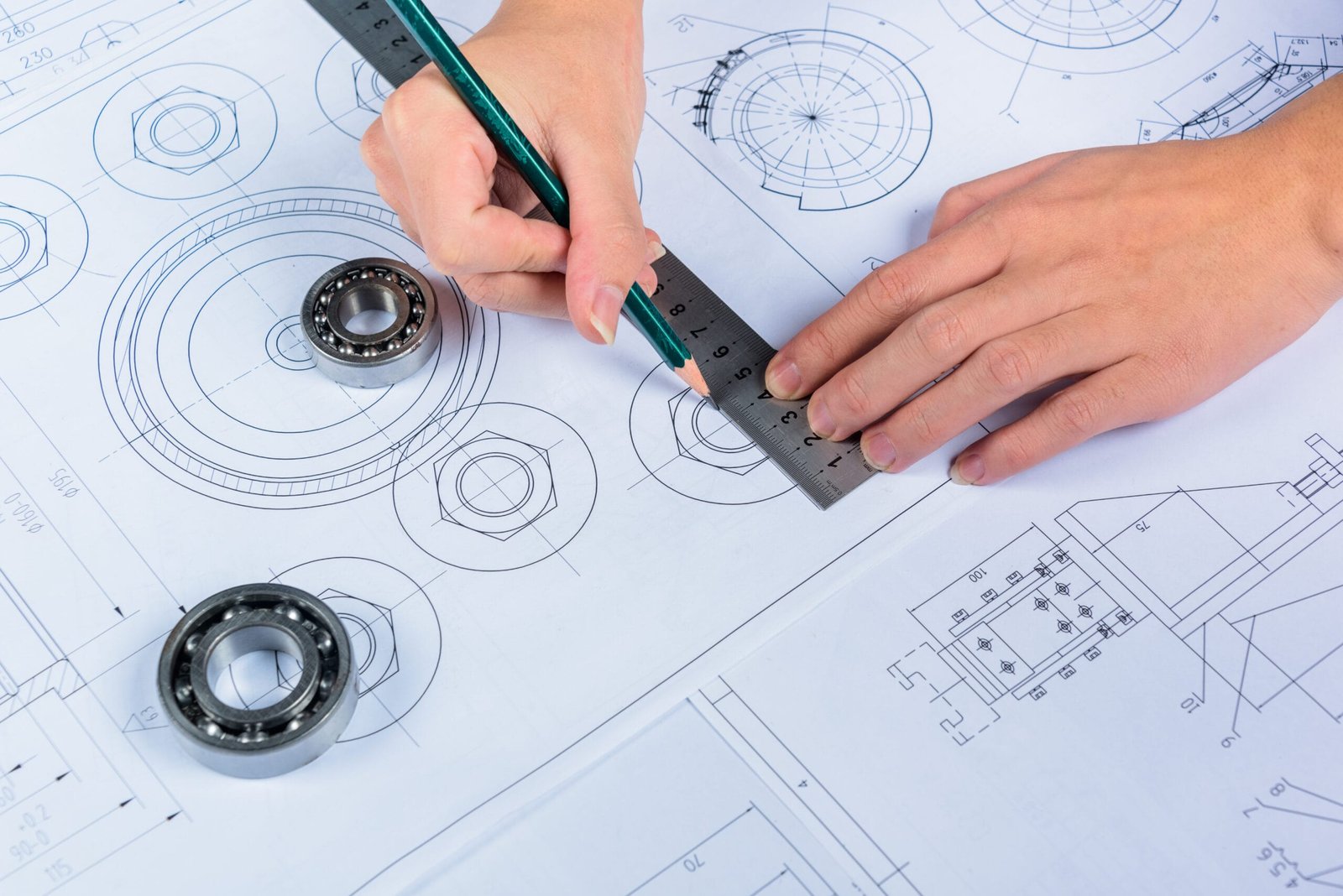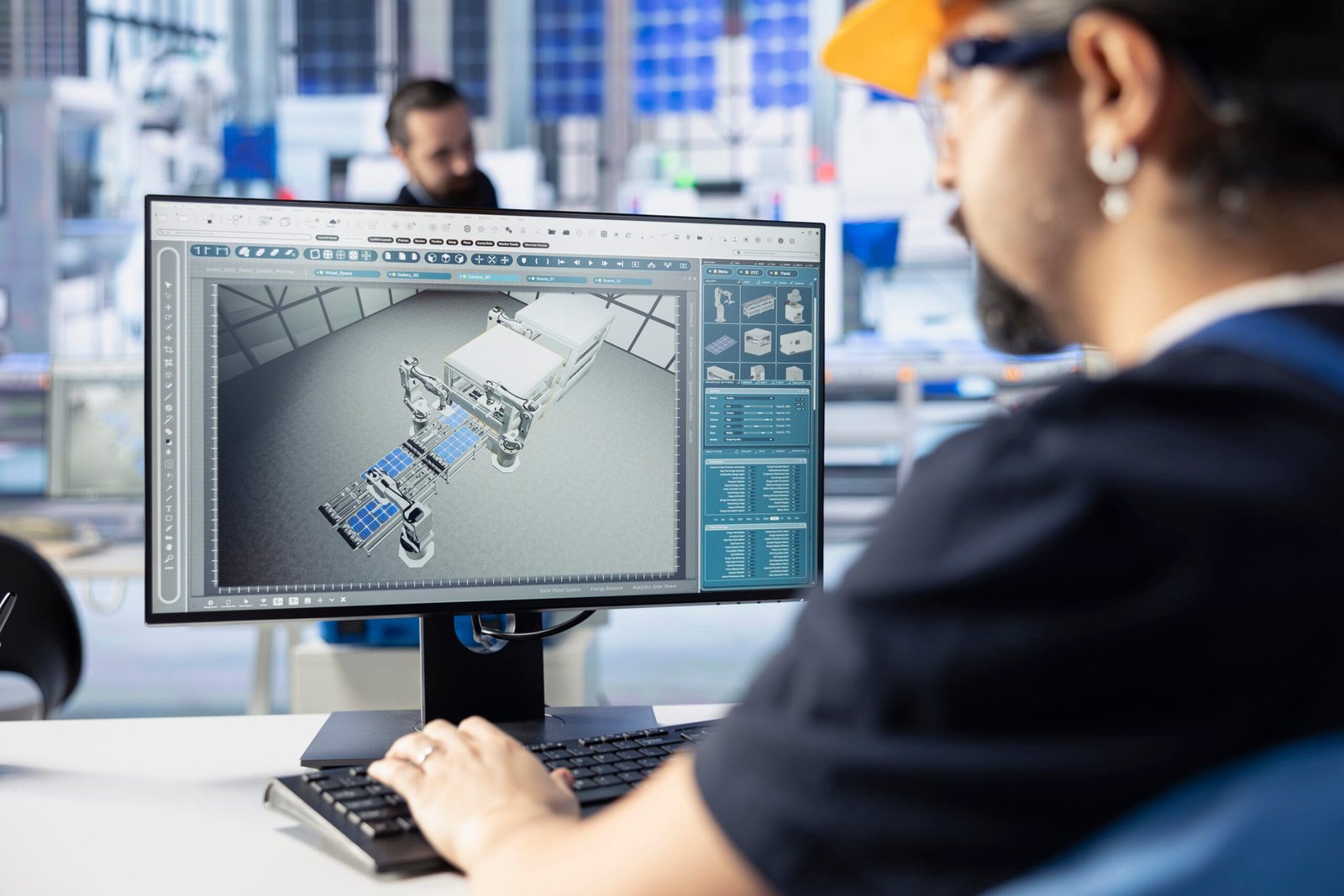Description:
What Industries Use 3D Modeling has transformed the way we design, create, and visualize ideas. In this detailed guide, we explore how various industries—from engineering to entertainment—leverage 3D modeling to innovate, design efficiently, and bring ideas to life.
Introduction
In the age of digital transformation, What Industries Use 3D Modeling has become more than a design tool—it’s a cornerstone technology across dozens of industries. From blockbuster movies and video games to precision medical devices and architectural marvels, 3D modeling enables creators, engineers, and designers to simulate, visualize, and perfect their ideas before a single physical component is produced.
But which industries actually use 3D modeling—and how? This blog explores how different sectors use this technology to solve complex problems, streamline workflows, and spark innovation.
1. Architecture and Construction
Perhaps the most visible application of What Industries Use 3D Modeling is in architecture and construction. Architects use 3D modeling to visualize buildings, interiors, and entire urban layouts before construction begins.
- Benefits:
- Provides a clear picture of the final structure
- Helps identify design flaws early
- Allows clients to virtually “walk through” their spaces
- Supports Building Information Modeling (BIM)
Construction engineers also use 3D models for clash detection, cost estimation, and coordination among multiple disciplines on large-scale projects.
2. Engineering and Manufacturing
In mechanical, civil, and industrial engineering, What Industries Use 3D Modeling is indispensable. Engineers rely on Computer-Aided Design (CAD) software to design parts, assemblies, and systems.
- Use cases:
- Machine components and assemblies
- Simulation and testing under load/stress
- Product lifecycle management (PLM)
- Rapid prototyping with 3D printing
3D models allow engineers to test their concepts digitally, reducing the risk of failure and speeding up time to production.
3. Automotive Industry
The automotive industry leverages What Industries Use 3D Modeling for everything from car bodies and engines to interior details and electronics.
- Designers use 3D software to sculpt aerodynamic shapes.
- Engineers simulate performance, durability, and fuel efficiency.
- Manufacturers test fit and function before creating physical prototypes.
3D modeling is essential for both vehicle design and safety analysis, allowing companies to create innovative models faster than ever.
4. Aerospace and Defense
In aerospace, precision is critical. What Industries Use 3D Modeling allows manufacturers to design aircraft components, engines, and cockpit systems to exact specifications.
- Advantages:
- Reduces the need for physical mockups
- Simulates airflow, pressure, and temperature
- Enhances design collaboration across teams
Whether it’s designing a spacecraft or improving a fighter jet, 3D modeling is a key tool in the aerospace toolkit.
5. Healthcare and Medical Devices
The healthcare industry has seen remarkable innovations thanks to 3D modeling. From creating patient-specific implants to simulating surgeries, the benefits are immense.
- Applications include:
- Prosthetics and orthopedic implants
- Organ modeling for pre-surgical planning
- Dental aligners and braces
- 3D-printed anatomical models
Doctors and researchers use these digital models to better understand complex anatomy and improve patient outcomes.
6. Entertainment and Media
Hollywood and game developers are among the biggest users of 3D modeling. Every blockbuster movie or AAA video game involves countless hours of What Industries Use 3D Modeling to bring characters, environments, and special effects to life.
- In film, artists sculpt characters, creatures, and detailed sets.
- In gaming, 3D models become interactive environments and characters.
- Animation studios like Pixar and DreamWorks rely heavily on 3D software.
Without 3D modeling, modern visual effects and digital storytelling wouldn’t be possible.
7. Fashion and Apparel
The fashion industry has embraced 3D modeling to prototype clothing and accessories digitally. This speeds up the design process and reduces waste.
- 3D modeling helps with:
- Virtual garment fitting
- Fabric simulation
- Custom tailoring and digital fashion shows
This technology also enables virtual try-on features in e-commerce, enhancing the customer experience.
8. Interior Design and Real Estate
3D modeling enables interior designers to create virtual layouts of rooms, furniture, and lighting to show clients before any changes are made in real life.
- In real estate, 3D models help
- Sell properties with virtual tours
- Showcase renovations
- Market new developments before construction
This makes it easier for buyers and investors to visualize spaces remotely.
9. Education and Training
In education, 3D models are used for both teaching and training. From interactive anatomy lessons to mechanical dissection models, they provide a visual and immersive learning experience.
- Technical schools use CAD models to teach design and engineering principles.
- Medical schools train surgeons with virtual organs.
- Flight simulators use 3D environments for pilot training.
3D modeling enhances engagement and understanding in educational environments.
10. Consumer Products and Electronics
Companies designing gadgets, appliances, and consumer electronics use 3D modeling to design sleek, functional products.
- Designers visualize casing, buttons, screens, and internal parts.
- Engineers test thermal behavior and material performance.
- Marketing teams use renders for promotional material long before production.
From smartphones to kitchen blenders, most products start with a 3D model.
Conclusion
What Industries Use 3D Modeling isn’t just a niche technology—it’s a driving force behind modern innovation across nearly every industry. It empowers architects to build smarter, doctors to operate safer, engineers to design faster, and creators to imagine more freely. Whether used for visualizations, simulations, or manufacturing,What Industries Use 3D Modeling helps turn abstract concepts into practical, usable solutions.
As industries continue to evolve, the role of What Industries Use 3D Modeling will only grow. For companies like DesignHok, which specializes in 3D modeling, rendering, and product design, this technology is at the heart of everything—from prototyping ideas to delivering client-ready results.
FAQs: What Industries Use 3D Modeling?
Q1: What software is commonly used for 3D modeling in different industries?
Popular tools include AutoCAD (engineering), Blender (media), SolidWorks (manufacturing), Revit (architecture), and ZBrush (entertainment).
Q2: Can 3D modeling be used for virtual reality (VR) and augmented reality (AR)?
Yes, many 3D models are used in VR/AR applications for gaming, architecture, training, and simulations.
Q3: Is 3D modeling necessary in product development?
Absolutely. It allows for virtual testing, design iterations, and rapid prototyping before investing in manufacturing.
Q4: How does 3D modeling help reduce costs in construction or manufacturing?
It reduces physical prototyping, catches design flaws early, and helps in accurate planning, thereby saving time and materials.
Q5: Are 3D modeling jobs in demand?
Yes, professionals skilled in 3D modeling are highly sought after in architecture, engineering, game design, film, healthcare, and many other fields.
Q6: How is 3D modeling used in healthcare?
It is used for surgical planning, designing custom prosthetics, and simulating human anatomy for education and diagnostics.
Q7: What’s the future of 3D modeling?
The future lies in real-time rendering, AI-enhanced design tools, and integration with virtual/augmented reality, offering even more immersive and efficient design solutions.





